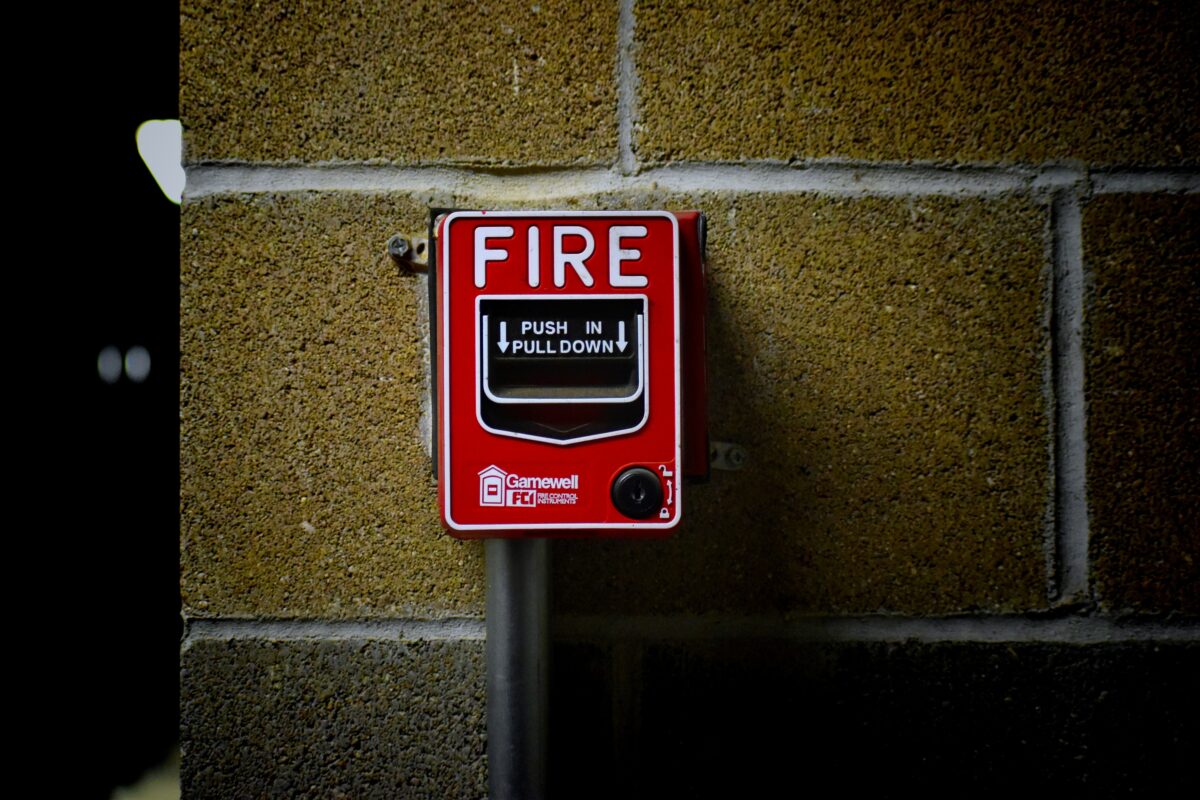Fire safety has evolved far beyond simple smoke detectors and sprinklers. Today’s systems incorporate cutting-edge technology, intelligent automation, and sustainable materials to prevent, detect, and extinguish fires more efficiently than ever before. Moreover, as urban infrastructure grows more complex, these innovations play an increasingly vital role in protecting lives and property. Consequently, modern fire safety solutions not only enhance emergency response but also integrate seamlessly into smart building management systems.
Smart Detection and Artificial Intelligence
Modern fire detection systems are no longer limited to sensing smoke or heat alone. Instead, they use artificial intelligence (AI) and machine learning to analyze environmental data and identify early warning signs of potential fires. For instance, AI-powered detectors can differentiate between harmless smoke from cooking and hazardous smoke from electrical faults. Therefore, they reduce false alarms and allow emergency teams to focus on genuine threats.
Additionally, integrating AI with the Internet of Things (IoT) has transformed how fire safety data is collected and used. IoT-connected devices continuously monitor air quality, temperature, and humidity levels across entire buildings. As a result, these systems can provide real-time alerts to building managers, enabling proactive maintenance and quicker responses to irregularities.

Advanced Suppression Technologies
Fire suppression methods have also undergone remarkable innovation. Traditional water-based sprinklers are now complemented by systems using clean agents, mist technology, and eco-friendly gases. These newer methods minimize water damage and are particularly beneficial in sensitive environments such as data centers, museums, or laboratories. Consequently, property owners can protect both structures and valuable assets simultaneously.
Furthermore, automatic fire suppression systems can now target fires with precision. Using thermal imaging and sensor fusion, they detect the fire’s origin and apply the right suppression agent directly to the affected area. This precision significantly reduces collateral damage and conserves resources while improving overall firefighting effectiveness.
Integration with Smart Building Systems
The integration of fire safety with smart building technology has opened new frontiers for prevention and control. Smart buildings now feature centralized monitoring systems that combine fire alarms, ventilation controls, and security protocols. When a potential fire is detected, the system can automatically close fire doors, activate sprinklers, and direct occupants to safe exits through illuminated pathways. As a result, emergency response becomes faster, coordinated, and far more efficient.
Moreover, building management platforms allow remote access to fire safety systems through mobile apps or cloud dashboards. This connectivity ensures that safety officers and facility managers can receive alerts, assess situations, and control responses even when they are off-site. In addition, integrating these systems with municipal fire departments ensures that first responders are instantly informed, which dramatically reduces response times.
Data Analytics and Predictive Maintenance
Data analytics has become a cornerstone of modern fire safety management. By analyzing historical data from sensors and safety equipment, predictive models can forecast when devices might fail or require servicing. Consequently, maintenance can be performed before malfunctions occur, keeping the entire fire safety network reliable and effective.
Beyond maintenance, analytics help identify risk patterns within buildings or urban areas. For example, data from connected devices can reveal which zones are more prone to overheating or electrical surges. Therefore, safety planners can make informed decisions about infrastructure upgrades or additional protective measures, ultimately preventing disasters before they happen.
Sustainable Fire Safety Solutions
Sustainability is now central to innovation in fire safety. Traditional suppression systems often rely on chemicals that can harm the environment, but modern alternatives use biodegradable and low-impact substances. Additionally, manufacturers are designing fire-resistant materials that are both recyclable and energy-efficient. Thus, eco-conscious design aligns with global environmental goals without compromising safety standards.
Equally important, renewable energy-powered fire systems are gaining traction. Solar-charged sensors and alarms ensure continuous operation even during power outages. In this way, fire safety solutions contribute to both resilience and environmental responsibility.
The Role of Drones and Robotics
Drones and robotics have brought a new dimension to firefighting and rescue operations. Equipped with infrared cameras and sensors, drones can assess fire sites from above, providing real-time visuals and temperature mapping to responders. This aerial perspective allows firefighters to strategize more effectively and avoid unnecessary risks. Therefore, drones act as invaluable tools for both situational awareness and post-incident analysis.
Similarly, fire-fighting robots can operate in environments too dangerous for humans. These autonomous machines can navigate through debris, deliver extinguishing agents, and even rescue trapped individuals. As robotics technology continues to advance, it will undoubtedly become an integral component of large-scale fire response systems.
Improved Evacuation and Emergency Communication Systems
Modern innovations also focus on ensuring safe and swift evacuation during emergencies. Intelligent evacuation systems use dynamic signage and auditory cues to guide occupants toward the safest exits based on real-time fire data. Consequently, even in smoke-filled or unfamiliar environments, people can find their way to safety with greater confidence.
Furthermore, emergency communication systems now integrate mobile alerts, voice commands, and multilingual support. These features ensure that all individuals—including those with disabilities or language barriers—receive clear instructions. Therefore, communication becomes inclusive and effective during critical moments.
The Future of Fire Safety: Artificial Intelligence Meets Automation
Looking ahead, the fusion of AI, robotics, and automation promises even greater strides in fire safety. Future systems may predict and suppress fires autonomously, using drones or robotic arms linked to AI-driven analytics. These technologies could make fire incidents not only more manageable but potentially preventable. Thus, the future of fire safety will rely on systems that think, adapt, and act faster than ever before.
In addition, emerging innovations like quantum sensors and nanotechnology-based fire-resistant coatings will further enhance detection precision and material durability. Together, these advancements point toward a future where fire safety is not reactive but predictive—protecting lives long before danger arises.
Modern innovations in fire safety systems have revolutionized how we prevent, detect, and respond to fires. From AI-driven analytics to sustainable suppression methods, each development contributes to creating safer, smarter environments. As technology continues to evolve, so will our ability to foresee and neutralize fire risks before they escalate. Ultimately, these advancements remind us that safety is not just a precaution—it’s an evolving promise powered by innovation and human ingenuity.











